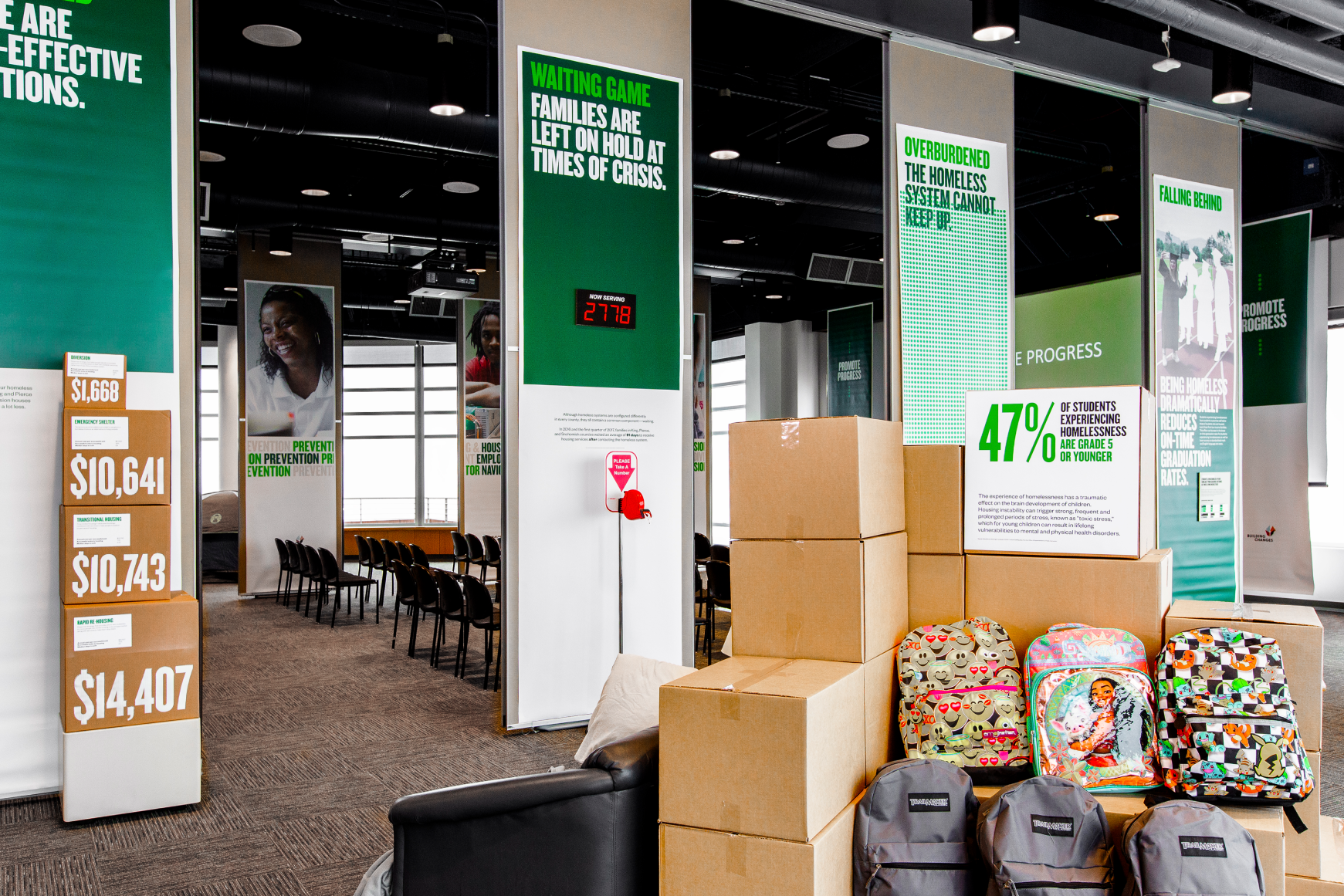Using human-centered design to create meaningful data visualizations about airline delays for business travelers
Challenge
Our initial challenge was to create an effective data visualization from the gargantuan dataset available from the U.S. Department of Transportation's Bureau of Transportation Statistics. During our exploratory research, we uncovered a specific problem facing frequent business travelers: While they were profoundly concerned about avoiding disruptive and costly flight delays, they held many misconceptions about airport and airline reliability because they relied almost exclusively on personal or anecdotal evidence. With this insight in mind, we set out to create a visualization that would help educate business travelers about airline and airport reliability based on accurate data to enable more informed decision when planning travel.
“I have anecdotal evidence, when I fly to Atlanta or O’Hare, I feel like I get delayed a lot.”
Process
Our team conducted a series of qualitative interviews with business travelers to identify the specific goals and frustrations related to their travel delays. We also conducted an analysis of available data sets and competitive visualizations. Based on this research, we created a detailed persona and designed a series of paper and digital prototypes of various approaches to visualizing delay performance data. We utilized Tableau to create our digital visualizations and tested specific user tasks as well as providing time for open-ended exploration of the graphs.
Initial paper prototype
Digital "dashboard" prototype
During our iterative design and testing process we learned three important lessons:
Participants struggled with information overload from the dashboard-style layout and from the more complicated visualizations (e.g. stacked bar charts)
About half of our participants wanted to get directly to personal information like their local airports or preferred carrier, while the other half wanted a guided approach to surface the key takeaways (e.g. which airports were best/worst last year)
Tableau's filtering and map tools were not intuitive to participants and they needed more guidance to be able to effectively explore the data themselves
Based on this testing, we structured our visualizations around two different user journeys: a guided, step-by-step exploration of key performance trends and a more personalized summary of a user's preferred airport and/or airline. With both flows, we emphasized simple, clear visual encodings that our users could understand quickly and then also utilized interactive filters and tool tips for deeper exploration.
You can explore the interactive visualization on your own here.
Summary bar chart of delay performance by airline for 2015
Outcome
Rather than creating a data visualization based on what our team thought was interesting, we emphasized a human-centered approach that uncovered the needs of a specific user group through qualitative research and iterative design and testing. We identified two primary goals for our target users:
To learn about overall airline and airport delay performance to confirm or refute their own assumptions and experience
To find out how their preferred carrier performed at their local and neighboring airports.
The final visualization successfully supported both a guided interpretation of the former and a personalized exploration of the latter. A final round of usability testing confirmed that our visualizations were clear and intuitive, and the combination of the narrative and interactive features met the needs of our two distinct use-cases. Additionally, several users remarked that the visualizations surfaced surprise insights that would change their decision making in the future.
“It’s interesting how off my anecdotal perception is. To me this is shocking that Atlanta is down here as one of the best airports.”
Project team: Kyle Witt, Diane Lee, and Sam Shen









Helping clients to clarify their thinking and to craft persuasive presentations using storytelling and visual communication